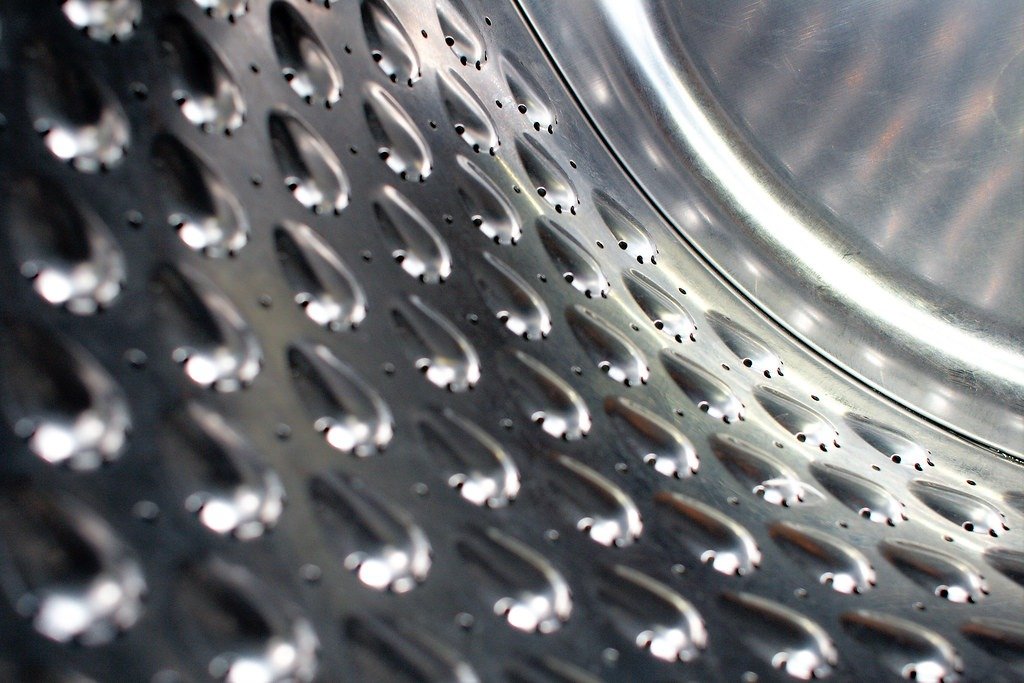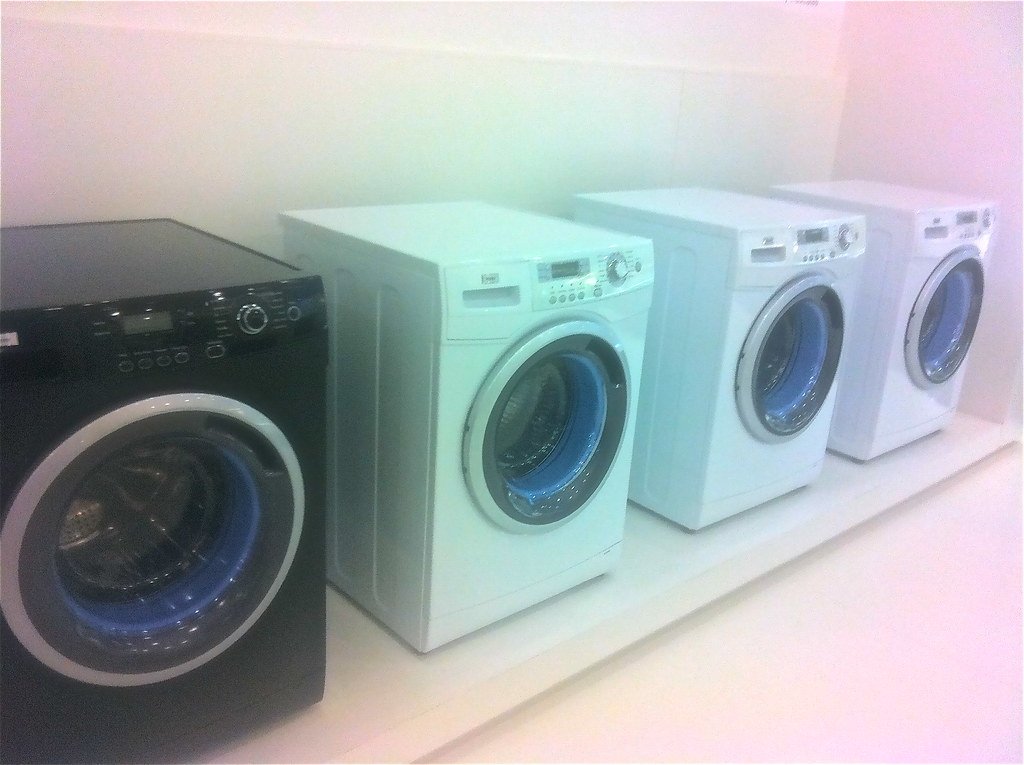
Refrigerator compressors are vital components, and replacing one yourself could save money and effort.
Step one in collecting the necessary tools and materials is gathering all necessary tools, such as a refrigerant recovery system, tubing cutter and flare nut wrenches.
Remove the Access Panel
Step one of any replacement process must include safeguarding safety: ensure the power supply to your refrigerator has been disconnected, as well as using proper handling techniques when handling refrigerant (consult the manual of your fridge for guidance or seek professional help if needed).
Start by unthreading and unscrewing any screws holding in place the access panel at the back of your fridge near its base. It should then be easy to unthread them and remove it.
Assemble the tools required for replacement: screwdriver set, socket wrench, adjustable wrench and new compressor. If these tools don’t already exist in your tool kit, it might be worthwhile investing in them to ensure the replacement process runs more efficiently and smoothly. Also be sure to ensure the new compressor fits snugly within its mounting brackets without over-tightening its bolts as this could cause it to shift reducing cooling efficiency.
Detach the Compressor Wires
When installing a new compressor, be sure to follow its specific installation instructions and to discharge and recycle any old refrigerants correctly – mixing refrigerants may cause permanent damage to both your refrigerator and the environment.
Make sure that the new compressor fits with your refrigerator model’s requirements, including replacing any rubber grommets or vibration pads present on its predecessor.
Once you have the appropriate tools and materials at your disposal, it’s time to begin work. Begin by disconnecting the power cord and switching off the circuit breaker; remove access panel; expose compressor; detach its wires by unbolting nuts securing them; be sure to wear gloves and safety goggles during this process; also be sure to work in an area with sufficient ventilation as this could generate potentially hazardous fumes;
Unscrew the Mounting Bolts
If you are inexperienced at refrigerator repair, avoid replacing your compressor if everything else seems fine with it. Replacing it would be like replacing the engine of a car; much cheaper would be to have other components such as coils, fans, controls, piping and door seal replaced instead.
Professional services should always be your first choice; however, if you decide to do it yourself, ensure that the new compressor fits snugly by performing a comprehensive leak test with soapy water injected onto its joints and watching for any bubbles or signs of leakage.
Take pictures as you unplug each wire from the old compressor; this will save time when attaching them back onto your new compressor. Be careful, however; some bolts might be under tension and pulling too hard could result in injury to yourself or others.
Remove the Old Compressor
If your refrigerator is failing to keep food cold enough, replacing its compressor may be to blame. Replacing it is a straightforward task that a handyperson should be able to complete easily; just be sure that all safety precautions and instructions for your particular model of fridge are observed before beginning this task.
Step one involves unplugging and emptying out your freezer before finding its compressor, typically located at the bottom of your fridge behind a panel. Compressors are round metal cylinders with cover plates attached. Simply remove these nuts to reveal bolts that need to be tightened by using a socket wrench with appropriate size sockets and use socket wrench to undo these bolts.
After loosening the bolts, gently lift off and set aside the old compressor from its mounting brackets in a safe location away from any potential hazards. Be sure to disconnect its wires carefully, noting where they connect so you can properly reconnect them on your new compressor.
Install the New Compressor
If your fridge isn’t cooling as efficiently as before, it may be time for a replacement compressor. There can be numerous reasons for a compressor to fail in a refrigerator such as improper maintenance or electrical issues; most likely though it’s due to refrigerant leakage.
Refrigeration repair technicians use vacuum pumps to extract refrigerant from old compressors and transfer it carefully into their new counterparts, using flare nut wrenches to reconnect its lines before making sure everything is tight and secure before proceeding with repair work.
Once the new compressor has been installed, they’ll reinstate power to your fridge and restore access. They’ll test to make sure everything is functioning as expected before replacing the access panel and testing whether refrigerant circulation has resumed properly. When all is well, your fridge should start cooling as anticipated.
Reconnect the Compressor Wires
Reconnecting compressor wires requires taking your time in order to avoid damage or kinks and double-check that everything has been connected properly, as any mistakes can cause further issues with your refrigerator.
Before beginning to disassemble and install the new compressor and wires, take pictures as you dismantle the old compressor and wires so that when installing them later on you have a visual guide to follow. After finishing, store away your old components so you don’t lose them in the process of installation.
Now it is time to install and connect the new compressor, starting by connecting its wires. Be sure to connect the red wire leading from your capacitor directly to the compressor’s start terminal; connect black (from contactor), to run terminal; then finally attach your white common wire either directly or through an overload switch based on which compressor model you are working with.


